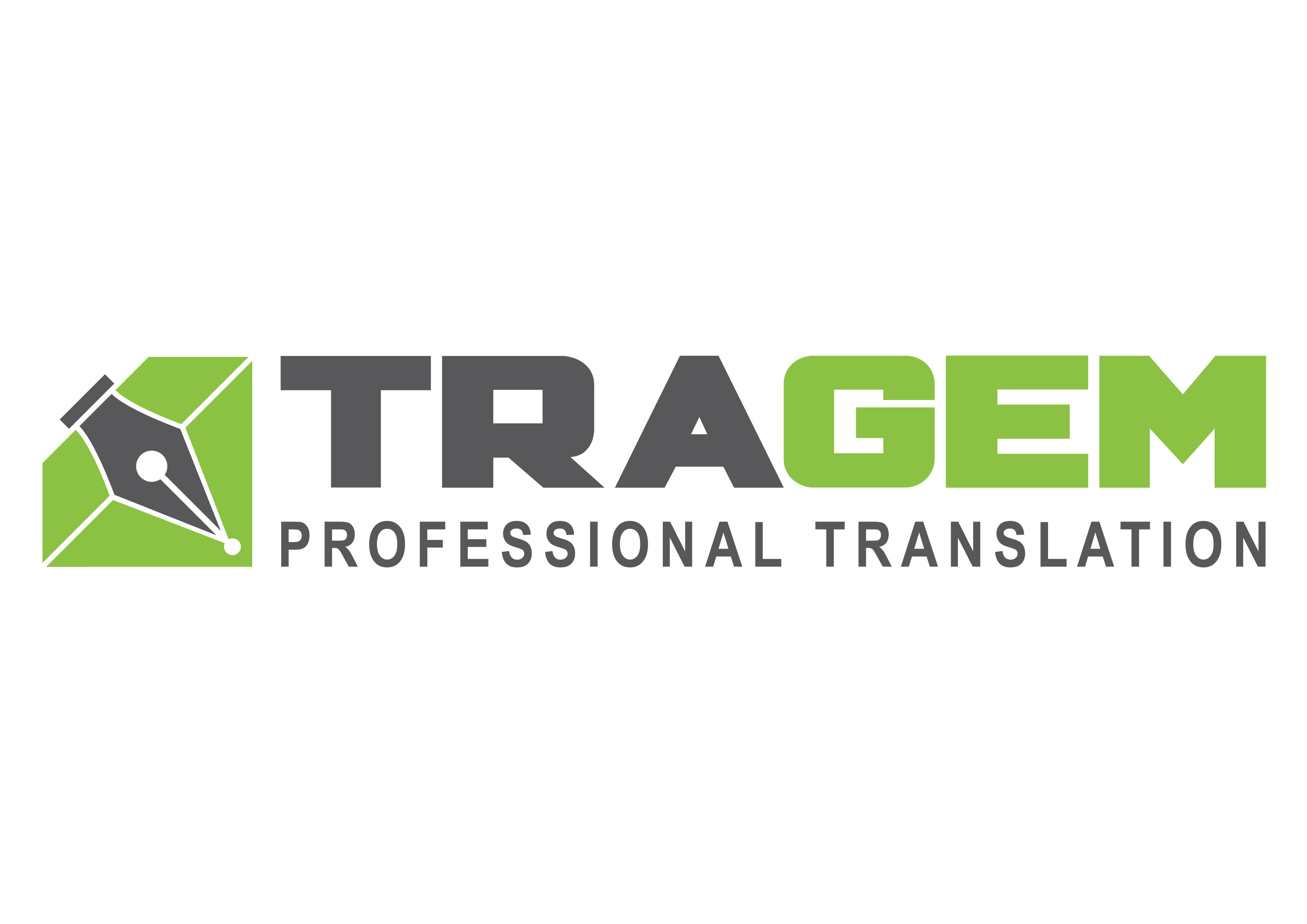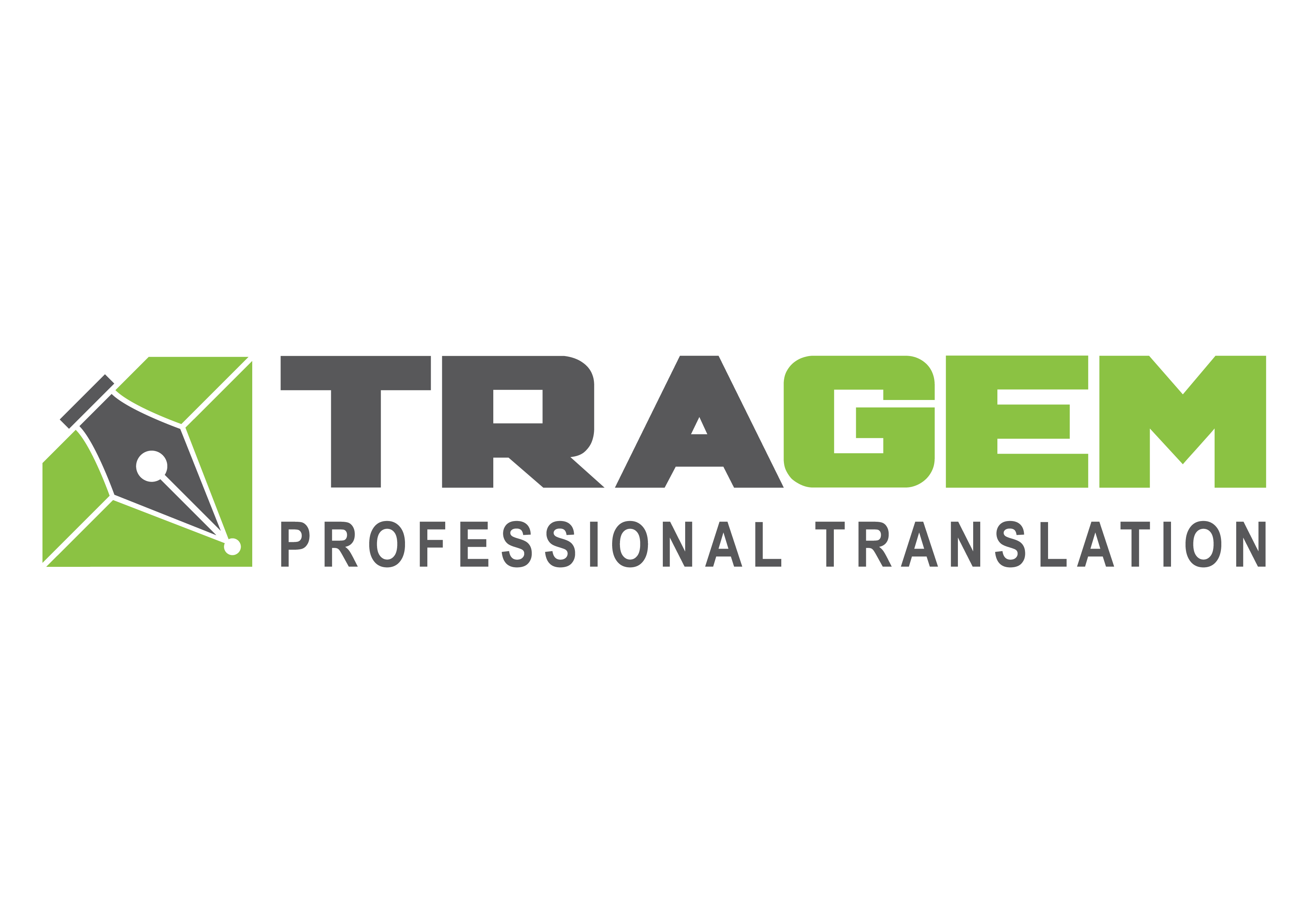Bridging Linguistic Diversity
Tailoring Localization for Arabic Dialects in the Gulf
The Gulf region, encompassing countries such as Saudi Arabia, the United Arab Emirates, Qatar, and Bahrain, boasts a rich tapestry of Arabic dialects, each with its own unique linguistic nuances, expressions, and cultural influences. In this diverse linguistic landscape, the need for nuanced localization strategies to cater to different Arabic dialects is paramount for effectively engaging with audiences and fostering meaningful connections in the Gulf.

One of the primary considerations in localization for diverse Arabic dialects in the Gulf is linguistic variation. While Modern Standard Arabic (MSA) serves as the formal written language used in official communications and literature, spoken Arabic dialects vary significantly across different regions and communities. From the Levantine dialect spoken in countries like Lebanon and Syria to the Gulf dialect prevalent in Saudi Arabia and the UAE, understanding the specific dialects spoken by target audiences is essential for crafting localized content that resonates with their linguistic preferences and cultural identities.
Moreover, cultural sensitivity plays a crucial role in tailoring localization strategies for Arabic dialects in the Gulf. Language is deeply intertwined with culture, and expressions, idioms, and cultural references may vary widely across different dialects. By incorporating culturally relevant content, imagery, and references into localized materials, businesses can demonstrate an understanding and appreciation of Gulf cultural norms and values, fostering a sense of connection and trust with local audiences.
Furthermore, technology plays a pivotal role in facilitating localization for diverse Arabic dialects in the Gulf. Advances in natural language processing (NLP) and machine learning have enabled the development of language technologies that can accurately analyze and interpret regional dialects, allowing for more precise and contextually relevant translations. By leveraging these technologies, businesses can streamline the localization process and ensure consistency and accuracy across different dialects, enhancing the effectiveness of their communication efforts in the Gulf.
Additionally, collaboration with local language experts and cultural consultants is essential for successful localization in the Gulf. Native speakers and dialect experts can provide valuable insights into linguistic nuances, cultural sensitivities, and regional preferences, helping businesses navigate the complexities of Arabic dialects with confidence and authenticity. By engaging with local communities and seeking input from native speakers, businesses can ensure that their localized content resonates with Gulf audiences and effectively communicates their message.
In conclusion, nuanced localization strategies tailored to diverse Arabic dialects are essential for engaging with audiences and fostering meaningful connections in the Gulf region. By understanding linguistic variations, embracing cultural sensitivity, leveraging technology, and collaborating with local experts, businesses can effectively navigate the complexities of Arabic dialects and unlock the full potential of their communication efforts in this diverse and dynamic marketplace. As companies continue to expand their presence in the Gulf, investing in localized content that speaks to the linguistic and cultural diversity of the region emerges as a strategic imperative for success and growth.



